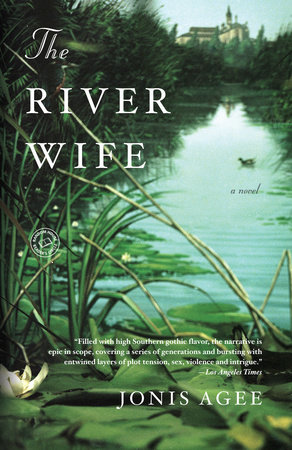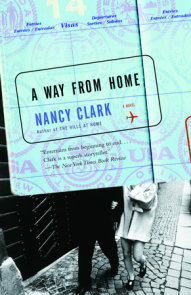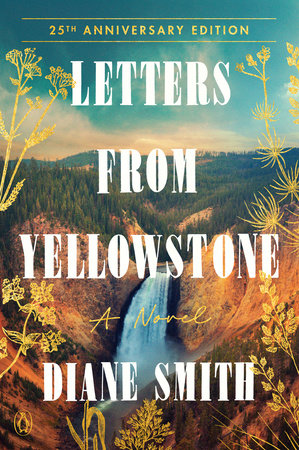Author Q&A
A Conversation with Nancy Clark
How long have you been writing? What led you to write such an elaborate and intricate first novel?
I have always written. When I was little, I thought the endpapers of Uncle Wiggily and Raggedy Ann books had been left blank to give readers a place to write their own stories. As to why THE HILLS AT HOME turned out the way it did (elaborate, intricate, long) —if one is going to write a novel, one might as well take advantage of all the possibilities the form offers the writer—and readers. A novel allows words enough and time to follow a dozen characters through a significant year in their lives. The form can accommodate all manners of descriptions and digressions, reveal the most private of thoughts, chart the most tremendous events, range back and forth over the years, and record what was said as well as telling what was left unspoken. As the novel chronicles the restoration of order to the Hills’ universe, I have tried to give the reader a full and vivid world to consider with every turn of the page and an experience to remember with pleasure when they think about the Hills.
You capture the Hill family dynamics so accurately and amusingly. Do you come from a large family yourself?
I grew up in a family of five, a very average size. However, there were also great-grandparents, grandparents, aunts, uncles, and cousins within walking distance, and ancestors lying in the local cemetery many of whom still excited comment. The family seems a natural subject for novels, a real family or family-like unit providing the community, relationships, and interactions that are the basic stuff of any human tale.
Tell us about your interest in old houses. What was the inspiration for Lily’s home?
I like old houses because they are handmade and well-made. Last weekend (as I write this) I visited the oldest two-story dwelling in my town with the local historical society. We admired beehive ovens and decided the raised paneling was original and tramped down into the dirt-floored cellar to look at the foundation (solid). We saw the back of a door where a bride carved her name and the date, in 1806, on the eve of her wedding. In 200 years, no one has painted over that message from the long-ago girl. The old family home is a presence in THE HILLS AT HOME, creaky, leaky, cold and hard to heat, harboring the cast-offs of generations and, perhaps, not always the haven it seems. I made up Lily’s house as I went along, adding rooms, an ell and a large attic as the Hills needed more space, just as many old New England houses expanded over time as families grew. I was told recently that Hawthorne wrote most of The Scarlet Letter while staying at a house a few miles up the road from where I live. I think someday I’ll show up at the front door with a propitiatory pie and ask if I might see the room where he worked.
You indicated that you are familiar with twentieth century English and Anglo-Irish women novelists. Who are your favorites? Are there any authors who are particularly inspirational to you?
Among my favorite writers are Elizabeth Bowen, Elizabeth Taylor, Barbara Pym, and Sylvia Townsend Warner (sometimes). I think they write like grown-ups. I think the conventions and strictures of the time in which they wrote made them more skillful and subtle writers. They are serious and funny and, always, quiet. They are confident. They do not shout or show off or shock. What they accomplish can only be done through the most exquisite use of the English language (I open Elizabeth Bowen at random and read paragraphs as if they are poems), and what they created are, I think the best and truest and most enduring depictions of the strengths and frailties of the human heart.
Are any of the characters modeled after yourself? With whom do you identify most strongly?
No, I do not appear in the book, nor does anyone else I know. I have since run into several of the characters, among them Penny Nicholls (Uncle Harvey’s girlfriend from the local old-folks’ home) whom I met through some volunteer work I do. We had a conversation very like one in THE HILLS AT HOME about the wisdom of pre-planning funerals and the relative merits of cremation over burial. Real-Penny is charming. In her youth, she toured with the road companies of Broadway musicals as a member of the chorus. I do not identify with anyone in particular in the book. I’m fond of all of them. It doesn’t seem fair to create characters in order to dislike them. Trying to respect everyone’s point of view can be revelatory. When they speak for themselves, I often learn things from my characters, except, perhaps, from Little Becky. But we must not despair of her. She is going to improve.
It sounds like we’re going to hear more about The Hills…
Yes, the Hills will be heard from again. THE HILLS AT HOME is the first of three books about the family. In the next book, A Way from Home, Alden and Becky are living in Prague, teaching and preaching the ways of capitalism in the nascent Czech Republic. However, if prosperity is not a zero-sum game (as the locals must be taught contrary to their old beliefs), it seems that love triangles do not operate on the same principle. The novel is set in the Czech Republic, Italy, North Africa, and, at times, in the near and far past. July and August, the third and last book takes place in the summer of 1999. Almost everyone is back in Towne. This will be a novel about parents and children, and endings and beginnings.

























